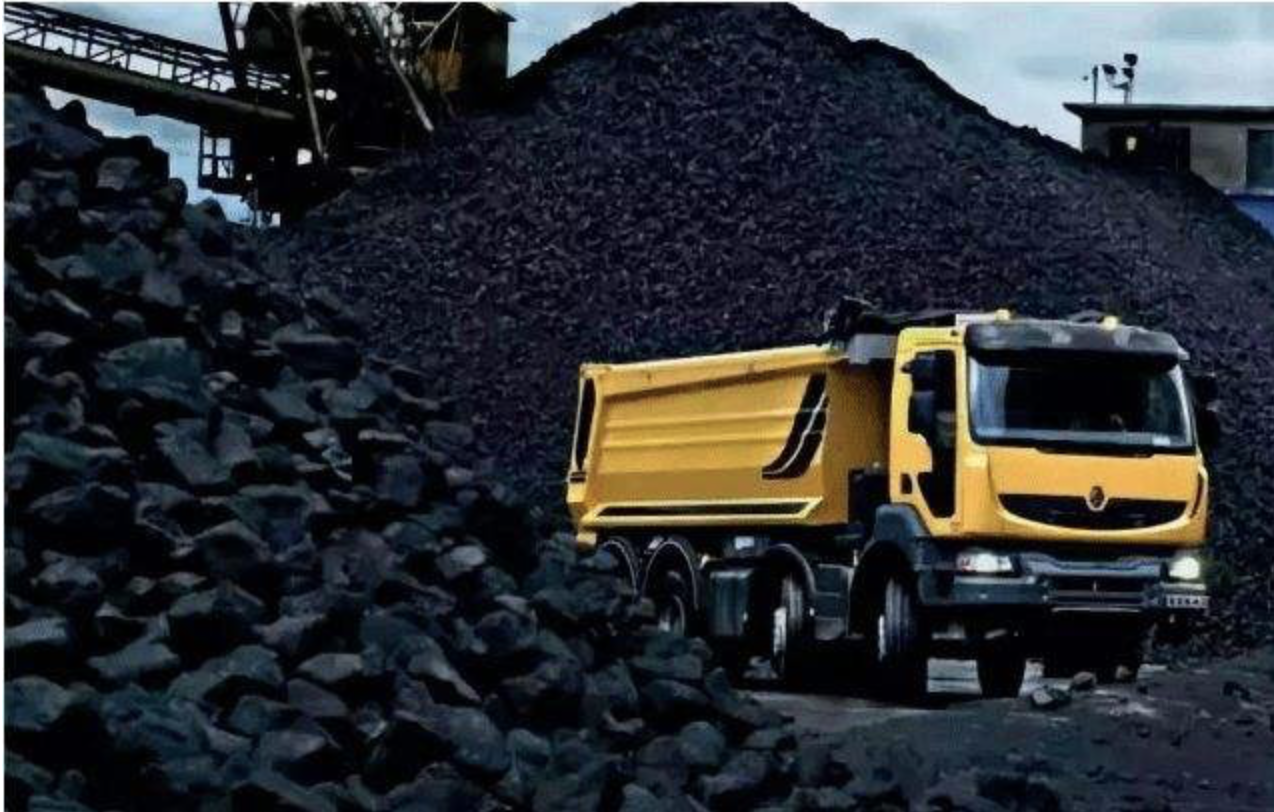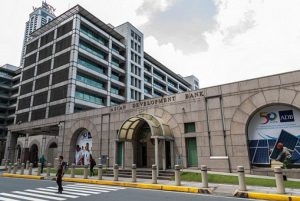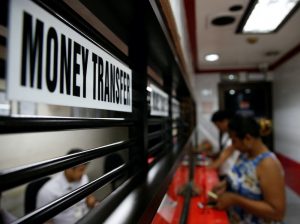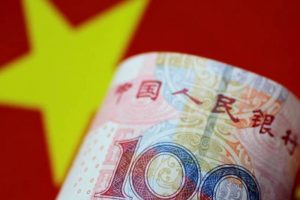Financial firms including UK insurer Prudential, lenders Citi and HSBC and BlackRock Real Assets are drawing up plans to accelerate the shutdown of Asia’s coal-fired power plants to cut the biggest source of carbon emissions, five people with initiative knowledge said.
The new proposal, pushed by the Asian Development Bank, offers a potentially viable model and early talks with Asian governments and multilateral banks are promising, the sources told Reuters.
The group plans to create public-private partnerships to buy the plants and shut them down in 15 years, long before their normal life, giving workers time to retire or find new jobs and allowing countries to switch to renewable energy sources.
Their goal is to have a model ready for the COP26 climate conference to be held in Glasgow, Scotland, in November.
“The private sector has great ideas about how to tackle climate change and we are closing the gap between them and the official sector players,” ADB Vice President Ahmed Saeed said.
The initiative comes as commercial and development banks, under pressure from large investors, withdraw from financing new power plants to meet climate targets.
Saeed said that a first purchase under the proposed scheme, which will involve a combination of equity, debt and concessional financing, could take place next year.
“If you can find an orderly way to replace those plants sooner and retire them sooner, but not overnight, it opens up a vastly larger and more predictable space for renewables,” Donald Kanak, president of the Renewables, told Reuters.
Coal-based power accounts for about a fifth of the world’s greenhouse gas emissions, making it the biggest polluter.
The proposed mechanism involves raising low-cost pooled funds that would be used for a carbon reduction facility, while a separate facility would fund renewable incentives.
HSBC declined to comment on the plan.
Finding a way for the developing nations of Asia, which have the world’s newest coal plant fleet and more under construction, to make the most of the billions already spent and switch to renewables has proven to be a huge asset challenge.
The International Energy Agency expects global demand for coal to rise 4.5% in 2021, with Asia accounting for 80% of that growth.
Meanwhile, the International Panel on Climate Change (IPCC) calls for a drop in coal-fired electricity from 38% to 9% of global generation by 2030 and 0.6% by 2050.
Make it viable
The proposed carbon reduction facility would purchase and operate coal-fired power plants, at a lower cost of capital than is available to commercial plants, allowing them to operate with a wider margin but for less time to generate similar returns.
The cash flow would repay the debt and investors.
The other facility would be used to boost investments in renewable energy and storage to take over the plants’ energy load as it grows, attracting financing for itself.
The model is already familiar to infrastructure investors who rely on blending financing in so-called public-private deals, backed by government-funded institutions.
In this case, development banks would take the highest risk by agreeing to bear the first loss as holders of junior debt and accepting a lower return, under the proposal.
“For this to be viable in more than one or two plants, you have to get private investors,” Michael Paulus, director of Citi’s Asia-Pacific public sector group, which is involved in the initiative, told Reuters.
“There are some who are interested but they are not going to do it for free. They may not need a normal 10-12% yield, they can do it for less. But they will not accept the 1 or 2%. We are trying to find a way to make this work. “
Citi declined to comment further.
The framework has already been presented to ASEAN finance ministers, the European Commission and European development officials, said Kanak, who co-chairs the ASEAN Hub of the Investment Partnership for Sustainable Development.
Details that are yet to be finalised include ways to encourage coal plant owners to sell, what to do with the plants once they are retired, rehabilitation requirements, and what role, if any, credit can play.
The companies aim to attract financing and other commitments at COP26, when governments will be asked to commit to more ambitious emissions targets and increase financing for countries most vulnerable to climate change.
The administration of US President Joe Biden has re-entered the Paris climate accord and is pushing for ambitious cuts in carbon emissions, while in July, US Treasury Secretary Janet Yellen told the heads of major development banks, including the ADB and the World Bank, to develop plans to mobilise more capital to fight climate change and support emission reductions.
A Treasury official told Reuters that the ADB’s plans for the coal plant retirement are among the types of projects Yellen wants banks to pursue, adding that the administration is “interested in accelerating coal transitions” to address the climate crisis.
First buyout in SE Asia next year
As part of the group’s proposal, the ADB has allocated around $1.7 million for feasibility studies covering Indonesia, the Philippines and Vietnam, to estimate the costs of early closure, what assets could be acquired, and commit to governments and other stakeholders.
“We would like to make the first acquisition (of the coal plant) in 2022,” ADB’s Saeed told Reuters, adding that the mechanism could be expanded and used as a template for other regions, if successful. It is already in discussions about extending this work to other Asian countries, he added.
Early retirement of 50% of a country’s capacity at $1 million to $1.8 million per megawatt suggests that Indonesia would require a total installation of about $16-29 billion, while the Philippines would cost around $5-9 billion and Vietnam around $9-17 billion, according to estimates from Prudential’s Kanak.
One challenge that needs to be addressed is the potential risk of moral hazard, said Nick Robins, professor of sustainable finance at the London School of Economics.
“There is a longstanding principle that the polluter must pay. We need to be absolutely sure that we are not paying the polluter, but paying for an accelerated transition,” he said.
• Reuters
This report was updated on December 28, 2021 for style purposes.
ALSO SEE:
Asia’s coal-fired power plants will soon be uneconomical, says green think tank
Indonesia to give coal the sack and retire fossil-fuelled power plants
Pandemic and weather help coal reassert its dominance in India























